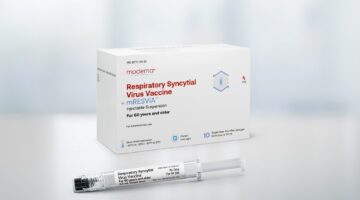- Image via Wikipedia
WASHINGTON, D.C. – Medical school enrollment rose by 2 percent this year, thanks, in part, to four new medical schools, according to data released Tuesday by the Association of American Medical Colleges.
From 2008 to 2009, first-year enrollment rose from 18,036 to 18,390. Those students came from an applicant pool of 42,269, the data (pdf) shows.

A Deep-dive Into Specialty Pharma
A specialty drug is a class of prescription medications used to treat complex, chronic or rare medical conditions. Although this classification was originally intended to define the treatment of rare, also termed “orphan” diseases, affecting fewer than 200,000 people in the US, more recently, specialty drugs have emerged as the cornerstone of treatment for chronic and complex diseases such as cancer, autoimmune conditions, diabetes, hepatitis C, and HIV/AIDS.
The new schools that seated their first classes this year are: FIU Herbert Wertheim College of Medicine in Miami, Florida; The Commonwealth Medical College in Scranton, Pennsylvania; Texas Tech University Health Sciences Center Paul L. Foster School of Medicine in El Paso; and the University of Central Florida College of Medicine in Orlando. They welcomed a total of 189 medical students.
Twelve other schools also contributed to the enrollment increase by expanding their class sizes by 7 percent or more, according to the AAMC. At the University of Missouri-Kansas City School of Medicine, first-year enrollment jumped nearly 21 percent – from 86 students in 2008 to 104 in 2009.
More stories worth a read:
- In shift, cancer society has concerns on screenings (New York Times)
- Obama officials: Health overhaul to help small firms (Wall Street Journal)
- Ohio nets $3.4M in pharmaceutical company Medicaid settlement (Business First of Columbus)
- Cleveland Clinic study will test H1N1 vaccine in asthma patients (Cleveland Plain Dealer)
- Akron Children’s Hospital may take over CSB clinic (Akron Beacon Journal)
- Swine flu still strikes younger people hardest (U.S. News & World Report)
- House unlikely to back Stabenow bill: Hoyer (Modern Healthcare)
- Full results show AIDS vaccine is of modest help (Associated Press)
- HealthPartners leader named to national quality panel (Business Wire)
- Synageva closes newly increased $45M investment (Mass High Tech)
- Gates Foundation grants support unusual research (Associated Press)

With the Rise of AI, What IP Disputes in Healthcare Are Likely to Emerge?
Munck Wilson Mandala Partner Greg Howison shared his perspective on some of the legal ramifications around AI, IP, connected devices and the data they generate, in response to emailed questions.












